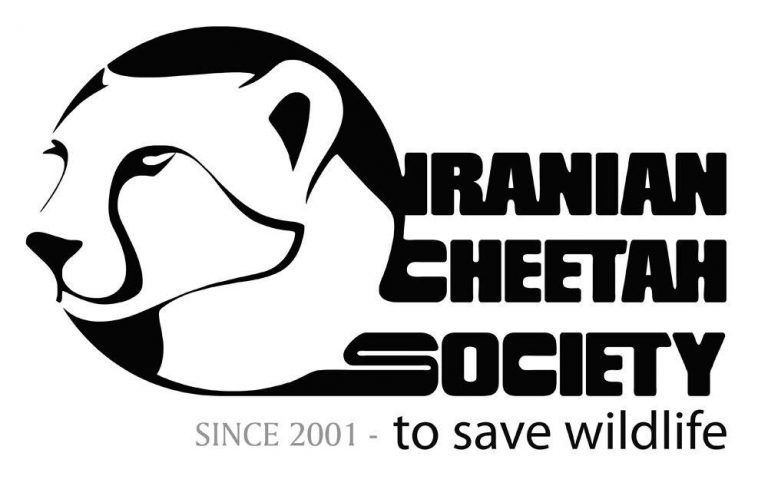Recent genetic researches have revealed that most of Persian leopards within the European and American zoos are not originally from Iran. The project which was jointly implemented by the Iranian Cheetah Society (ICS), Conservation of Asiatic Cheetah Project, Iranian Department of Environment and University of Tehran was based on comparing genetic sequences of a few dozens of leopard samples from around Iran and several individuals which were supposed to be the purest representatives within a number of world zoos. The Iranian leopards and captive Persian leopards fall within two distinct clusters which can be an indication of hybridization, as well. Meanwhile, it is probably that the zoo animals have been captured from non-Iranian countries within the Persian leopard range in west Asia some while ago. Based on latest assessment by EAZA/EEP, there are around 100 Persian leopards in the European zoos which have been descended from 9 founders and potential genetic inbreeding depression is a main concern among the zoos.




